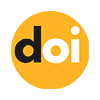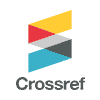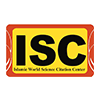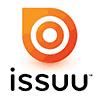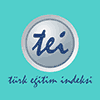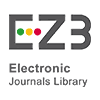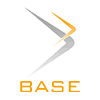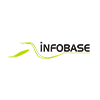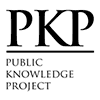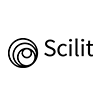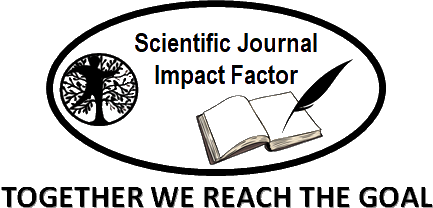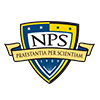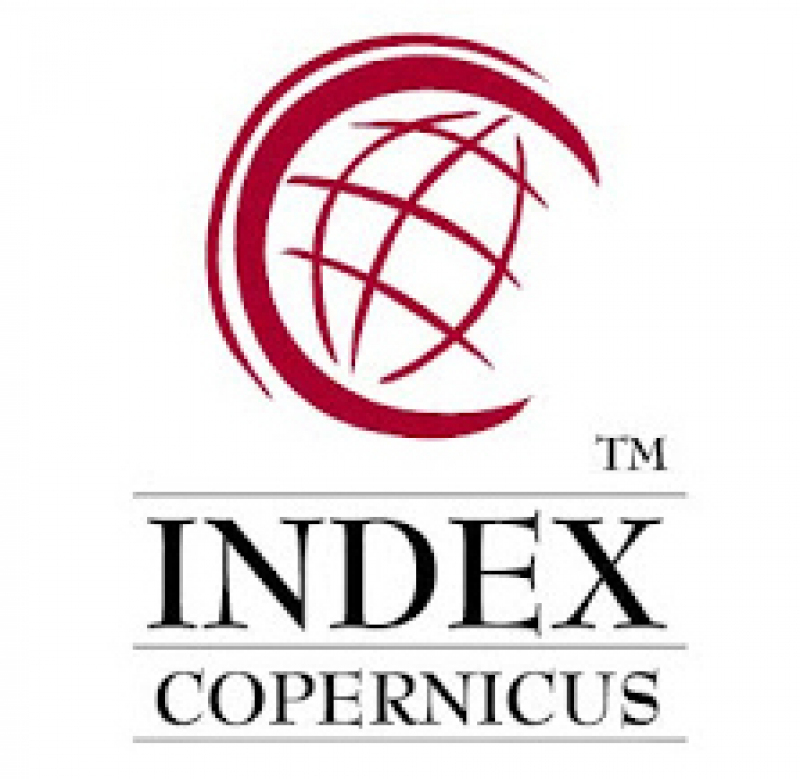Transformational Leadership Support for Creativity Through Self-Efficacy with Strengthening Organizational Culture (A Study on Health Workers of Health Centers in the Sub-District of Cakung Jakarta)
Abstract
This study investigates the mediating role of self-efficacy and the moderating role of organizational culture in the relationship between transformational leadership and employee creativity. It employs a causal associative research design with a quantitative approach. A comprehensive survey involving 144 respondents, including civil and non-civil servant health workers at the Cakung District Health Center in East Jakarta. This diverse participation underscores the importance of gathering insights from all health service areas to improve community health outcomes effectively. Data were analyzed using the PLS-SEM technique with Smart PLS 3 software. The results indicated that both transformational leadership and self-efficacy have a positive and significant impact on employee creativity. Additionally, there is an indirect effect of transformational leadership on employee creativity through self-efficacy, and organizational culture can enhance the influence of transformational leadership on employee creativity. The study recommends implementing transformational leadership training for leaders to boost self-efficacy and employee creativity, particularly among health workers, including civil and non-civil servants. Furthermore, fostering an organizational culture that supports creativity should be promoted through policies that encourage innovation, facilitate open communication, and recognize new ideas. This approach aims to maximize the positive effects of transformational leadership and ultimately improve the quality of healthcare services and public health outcomes.
Keywords
Full Text:
PDFReferences
Afsar, B., & Masood, M. (2017). Transformational leadership and its impact on employees' self-efficacy. Journal of Business Research, 73, 16-22. https://doi.org/10.1016/j.jbusres.2016.11.005
Amabile, T. M. (1996). Creativity in context: Update to “The social psychology of creativity”. Westview Press.
Antonakis, J., Avolio, B. J., & Sivasubramaniam, N. (2003). Context and leadership: An examination of the nine factor full-range leadership theory using the multifactor leadership questionnaire. The Leadership Quarterly, 14(2), 261–295.
Avolio, B. J., Zhu, W., Koh, W., & Bhatia, P. (2004). Transformational leadership and organizational commitment: Mediating role of psychological empowerment and moderating role of structural distance. Journal of Organizational Behavior, 25(8), 951–968.
Azliyanti, E., Jadmiko, P., & Utami, W. (2020). The influence of perceptions of transformational leadership on lecturer creativity with creative self as mediator. Jurnal Manajemen, 8, 347–356.
Bandura, A. (1997). Self-efficacy: The exercise of control. New York: W. H. Freeman.
Bass, B. M. (1985). Leadership and performance beyond expectations. Free Press.
Bass, B. M. (1990). From transactional to transformational leadership: Learning to share the vision. Organizational Dynamics, 3(1).
Chen, Y., & Zhang, L. (2017). Be creative as proactive? The impact of creative self-efficacy on employee creativity: A proactive perspective. Current Psychology, 38(3), 589–598. https://doi.org/10.1007/s12144-017-9721-6
Dong, Y., Bartol, K. M., Zhang, Z.-X., & Li, C. (2017). Enhancing employee creativity via individual skill development and team knowledge sharing: Influences of dual-focused transformational leadership. Journal of Organizational Behavior, 38(3), 439–458. https://doi.org/10.1002/job.2134
Fischer, S. A. (2016). Transformational leadership in nursing: A concept analysis. Journal of Advanced Nursing, 72(11), 2644–2653. https://doi.org/10.1111/jan.13049
Ghozali, I. (2012). Aplikasi analisis multivariat dengan program IBM SPSS 20. Semarang: Badan Penerbit Universitas Diponegoro.
Gong, Y., Huang, J. C., & Farh, J. L. (2009). Employee learning orientation, transformational leadership, and employee creativity: The mediating role of employee creative self-efficacy. Academy of Management Journal, 52(4), 765–778. https://doi.org/10.5465/AMJ.2009.43670890
Guilford, J. P. (1950). Creativity. American Psychologist, 5(9), 444–454. https://doi.org/10.1037/h0063487
Hahn, M. H., Lee, K. C., & Lee, D. S. (2015). Network structure, organizational learning culture, and employee creativity in system integration companies: The mediating effects of exploitation and exploration. Computers in Human Behavior, 42, 167–175. https://doi.org/10.1016/j.chb.2013.10.026
Hair, J. F., Hult, G. T. M., Ringle, C. M., & Sarstedt, M. (2017). A Primer on Partial Least Squares Structural Equation Modeling (PLS-SEM) (2nd ed.). Sage Publications.
Hair, J. F., Hult, G. T. M., Ringle, C. M., & Sarstedt, M. (2022). A Primer on Partial Least Squares Structural Equation Modeling (PLS-SEM) (3rd ed.). Sage Publications.
Hughes, M., Lee, J., Tian, M., Newman, A., & Legood, A. (2018). Leadership, creativity, and innovation: A critical review and practical recommendations. Leadership Quarterly, 29(5), 549–569. https://doi.org/10.1016/j.leaqua.2018.03.001
Kamaroellah, A. (2014). Pengantar budaya organisasi: Konsep, strategi implementasi, dan manfaat. Surabaya: Pustaka Raja.
Luthans, F. (2011). Organizational behavior: An evidence-based approach (12th ed.). McGraw-Hill Education.
Mangkunegara, A. P. (2010). Manajemen sumber daya manusia perusahaan (ed. ke-3). PT. Remaja Rosdakarya.
Marasabessy, M., & Santoso, H. B. (2014). Peran kreativitas dalam pengembangan ide dan implementasinya di perusahaan. Jakarta: Penerbit Universitas Indonesia.
Mittal, S., & Dhar, R. L. (2015). Transformational leadership and employee creativity: Mediating role of creative self-efficacy and moderating role of knowledge sharing. Management Decision, 53(5), 894–910. https://doi.org/10.1108/MD-07-2014-0464
Purmanto, A., Azis Bagis, A., & Wahyulina, S. (2023). The Effect of Positive Work Attitudes and Organizational Culture on Employee Productive Behavior. International Journal of Social Science And Human Research, 06(05), 2545–2550. https://doi.org/10.47191/ijsshr/v6-i5-03
Qian, C., & Kee, D. M. H. (2023). Exploring the path to enhance employee creativity in Chinese MSMEs: The influence of individual and team learning orientation, transformational leadership, and creative self-efficacy. Information (Switzerland), 14(8), Article 80449. https://doi.org/10.3390/info14080449
Ramadhan, R. D., & Izzati, U. A. (2023). Hubungan antara efikasi diri dengan perilaku inovatif pada guru di Yayasan "X". Character: Jurnal Penelitian Psikologi, 10(2), 344–363. https://doi.org/10.26740/cjpp.v10i2.53795
Reuvers, M., Van Engen, M. L., Vinkenburg, C. J., & Wilson-Evered, E. (2008). Transformational leadership and innovative work behaviour: Exploring the relevance of gender differences. Creativity and Innovation Management, 17(3), 227–244. https://doi.org/10.1111/j.1467-8691.2008.00516.x
Richter, A. W., Hirst, G., van Knippenberg, D., & Baer, M. (2012). Creative self-efficacy and individual creativity in team contexts: Cross-level interactions with team informational resources. Journal of Applied Psychology, 97(6), 1282–1290. https://doi.org/10.1037/a0029359
Safitri, A. M. N., & Rieka, D. (2021). Pengaruh Budaya Organisasi Sekolah dan Efikasi Diri Guru terhadap Etos Kerja. Indonesian Research Journal in Education, 3(2), 386–399.
Sanny, I., Susanto, H., & Wibowo, A. (2013). Kreativitas dalam pengembangan gagasan: Tindakan kreatif dalam pengambilan keputusan dan pemecahan masalah. Jakarta: Penerbit Gramedia.
Sartana, F., Entang, M., Patras, Y. E., & Harijanto, S. (2020). Peningkatan kreativitas kerja guru dengan memperbaiki budaya organisasi dan efikasi diri. Jurnal Manajemen Pendidikan, 8(1), 41–45. https://doi.org/10.17509/jmp.v8i1.1964
Schermelleh-Engel, K., Moosbrugger, H., & Müller, H. (2003). Evaluating the fit of structural equation models: Tests of significance and descriptive goodness-of-fit measures. Methods of Psychological Research Online, 8(2), 23–74.
Shin, S. J., Kim, T. Y., & Lee, J. H. (2012). Creativity and innovation in organizations: A review of the literature. Journal of Business Research, 65(2), 160-167. https://doi.org/10.1016/j.jbusres.2011.02.018
Simamora, I. K., Djoko, H., & Widayanto. (2021). Transformational Leadership Relationship with Employee Creativity: The Moderating Effect of Knowledge Sharing and Mediating Effect of Creative Self-Efficacy. International Journal of Innovation, Creativity and Change, 15(8), 330–339.
Song, L. J., Zhang, X. L., & Chen, X. P. (2018). Transformational leadership and employee creativity: The mediating role of creative self-efficacy. Social Behavior and Personality: An International Journal, 46(5), 757–766. https://doi.org/10.2224/sbp.6710
Stoner, J. A. F., & Gilbert, D. R. (2012). Manajemen (6th ed.). Pearson Education.
Supriadi, D. (1994). Potret pendidikan di Indonesia: Memasuki abad XXI. Jakarta: Pustaka Jaya.
Tierney, P., & Farmer, S. M. (2002). Creative self-efficacy: Its potential antecedents and relationship to creative performance. Academy of Management Journal, 45(6), 1137–1148. https://doi.org/10.5465/3069429
Tierney, P., & Farmer, S. M. (2011). Creative self-efficacy development and creative performance over time. Journal of Applied Psychology, 96(2), 277–293. https://doi.org/10.1037/a0020952
Torrance, E. P. (1966). The Torrance Tests of Creative Thinking: Norms—Technical Manual. Princeton, NJ: Personnel Press.
Wang, P., & Zhu, W. (2014). Mediating role of creative self-efficacy in the relationship between transformational leadership and employee creativity. Social Behavior and Personality: An International Journal, 42(5), 891–898. https://doi.org/10.2224/sbp.2014.42.5.891
Waterwall, S., Smith, J., & Johnson, R. (2014). The impact of transformational leadership on self-efficacy: A longitudinal study. Journal of Leadership & Organizational Studies, 21(3), 234–245. https://doi.org/10.1177/1548051814521234
Waterwall, S., Smith, J., & Johnson, R. (2017). The impact of creative self-efficacy on employee creativity: A meta-analysis. Journal of Organizational Behavior, 38(5), 654–672. https://doi.org/10.1002/job.2212
Wibowo, A. (2013). Manajemen: Teori, penelitian, dan aplikasi (3rd ed.). Jakarta: Rajawali Press.
Zhang, X., & Bartol, K. M. (2010). Linking empowering leadership and employee creativity: The influence of psychological empowerment, intrinsic motivation, and creative process engagement. Development and Learning in Organizations: An International Journal, 24(5), 4–9. https://doi.org/10.1108/dlo.2010.08124ead.007
DOI: http://dx.doi.org/10.18415/ijmmu.v12i4.6684
Refbacks
- There are currently no refbacks.
Copyright (c) 2025 International Journal of Multicultural and Multireligious Understanding

This work is licensed under a Creative Commons Attribution-NonCommercial-NoDerivatives 4.0 International License.
https://ijmmu.com
editor@ijmmu.com
facebook.com/ijmmu
Copyright © 2014-2018 IJMMU. All rights reserved.






